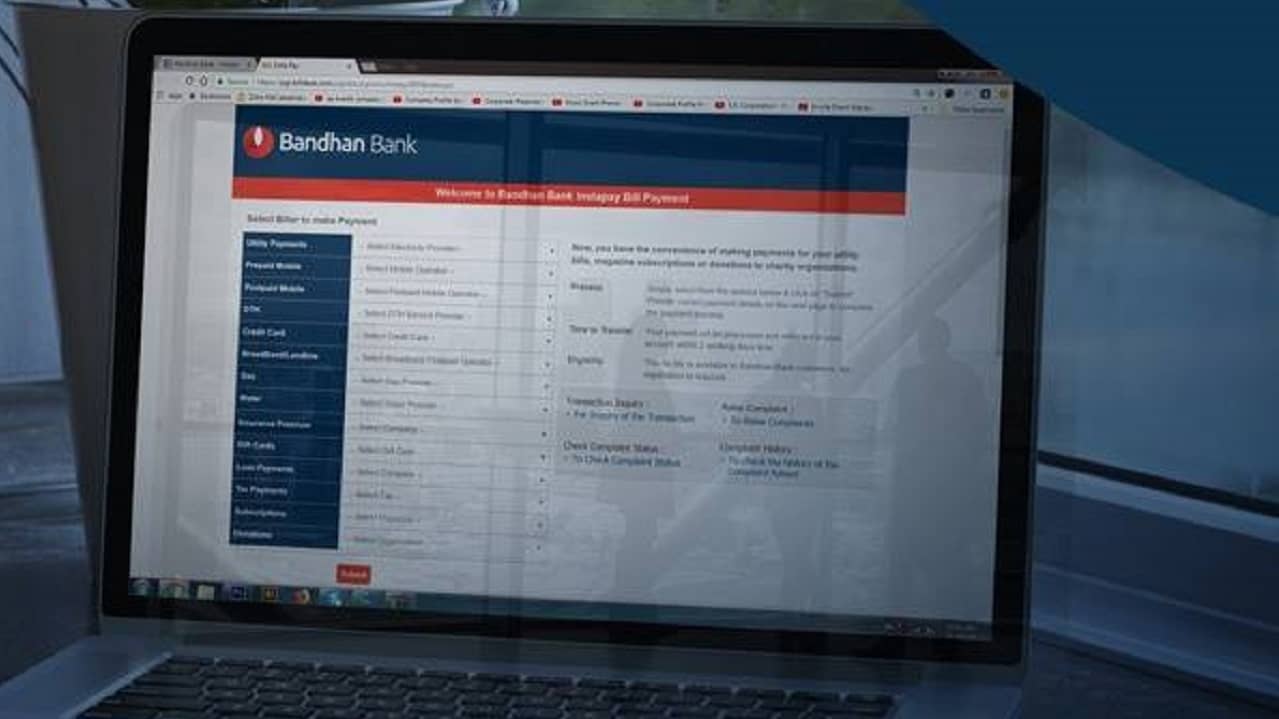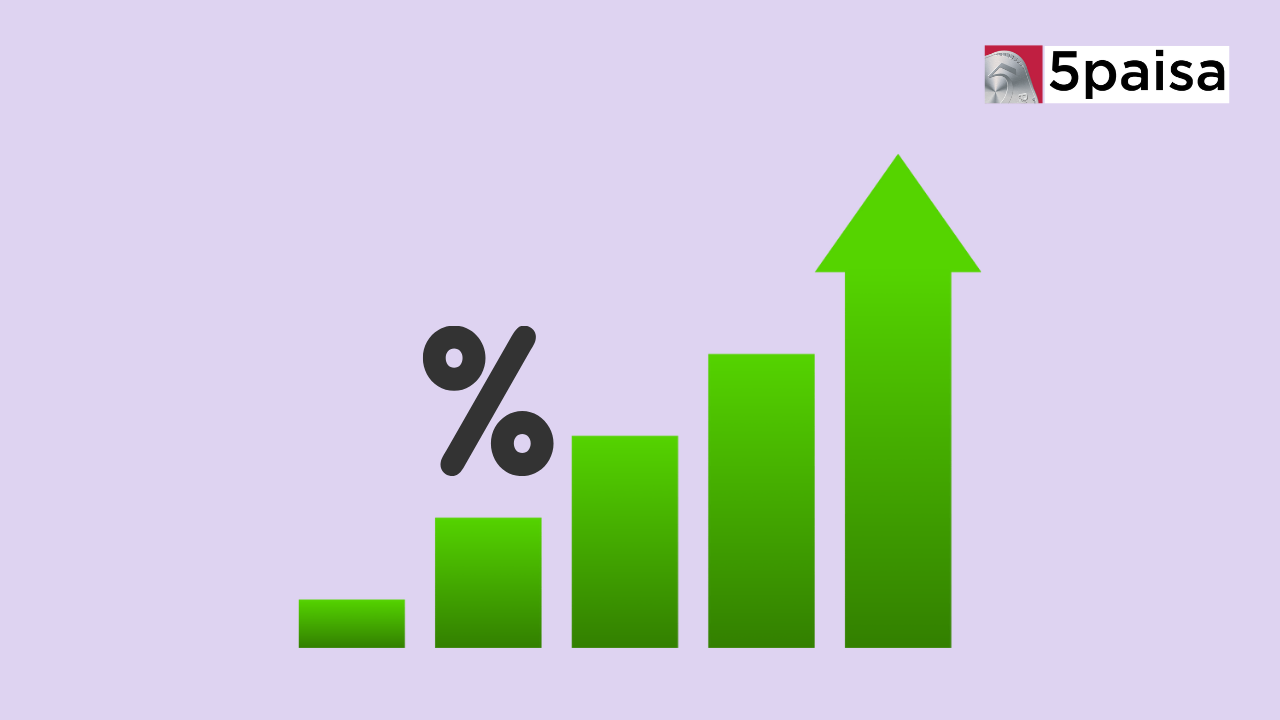Top New Year Stock Picks for 2025: Best Investment Opportunities
How Bandhan Bank’s book clean-up is lifting its growth prospects

Last Updated: 30th January 2023 - 12:01 pm
Strong credit growth and upbeat management commentary thanks to continued momentum in loan demand have been the key highlights of the ongoing earnings season of Indian banks. With asset quality concerns behind, investors believe that loan growth will lead to further upside on their investments in lenders.
But Bandhan Bank has been somewhat of an outlier.
The Kolkata-based bank’s provisions rose 91% year-on-year resulting in over 66% fall in net profit to Rs 291 crore in the October-December period. Loan growth, too, printed lower compared to most peers, while the share of the low-cost current account and savings account deposits fell amid a so-called deposit war among banks.
Despite this, shares of Bandhan Bank surged 4.5% on January 23, the immediate trading day after earnings, while volume surged over three times. While the spurt in activity post-earnings is not unusual, the uptick in shares has been on the back of positive management commentary. However, the bank’s shares had fallen 7.3% in 2022 and are currently trading almost 30% below their 52-week high of Rs 349.50.
Out of the woods?
Bandhan Bank was a standalone microfinance lender before it transformed into a universal bank in August 2015. Hence, a large chunk of its loan book still comprises microfinance loans, and asset quality issues mainly in this book have been an overhang for the shares.
First, there was the impact of the COVID-19 pandemic and then a fall in collection efficiency in the key state of Assam after the state government passed a bill in December 2020 to regulate microfinance lenders. In June 2022, floods in Assam also weighed on the bank’s share price as investors feared an impact on operations.
The bank also saw an impact on collections in West Bengal. Both these states make up nearly 42% of the bank’s non-performing assets of around Rs 5,130 crore in the microfinance book, which is internally classified as the Emerging Entrepreneurs Business, or EEB, vertical. Overall, gross bad loans were at a little over Rs 6,960 crore.
Over 90% of slippages or additions to the gross NPA book were from an already disclosed pool of stressed loans. In the October-December quarter, slippages fell by Rs 700 crore on a quarterly basis to Rs 3,265 crore, led by a decline in slippages in the microfinance book. Despite the fall, slippages remained elevated.
The bank has been cleaning up this book through aggressive write-offs as well as accelerated recognition of stress. In the third quarter, it wrote off microfinance loans worth Rs 2,350 crore. This led to its stressed microfinance book, which includes overdue loans as well as NPAs, falling 20% on a sequential basis to Rs 7,600 crore as at the end of December.
In a post-earnings analyst call, Bandhan Bank’s management said that while the stressed microfinance book had shrunk, the provisions stood at Rs 5,000 crore, around the previous quarter’s level.
“With the initial trends and reports from the growth, we are confident that Q4 (January-March) will see good improvement in the performance of the bank. We have also seen improvement in our DPD (days past due or overdue) book across buckets which gives us confidence that the worst in terms of slippage is over,” Chandra Shekhar Ghosh, the bank’s MD and CEO, told analysts.
To be sure, the bank has seen an improvement in the collections in both Assam and West Bengal.
In the December quarter, collection efficiency for Assam and West Bengal improved to 90% and 96%, respectively. However, the numbers were below the 97% collection efficiency for the rest of India microfinance book. This could improve as recoveries in the second half of the fiscal year tend to be better compared to the first half for most lenders.
Separately, the bank is expecting a recovery of Rs 1,700 crore in the first half of FY24 from the Credit Guarantee Fund for Micro Units, a trust fund set up by the government. It has already received Rs 917 crore.
The expected recovery along with already held provisions would ensure that 88% of the stressed microfinance book is covered, thereby lowering provisioning requirements going ahead, analysts said. In addition, recoveries from the Assam relief scheme, which cannot be ascertained currently, would be added positively.
Analysts are betting that peaking of asset quality stress and lower incremental slippages would help the bank focus on growth, especially on the diversification strategy.
Diversifying the loan book
In the December quarter, Bandhan Bank printed a loan growth of 11% year on year. If not for loan write-offs, the loan growth would have been higher at 14%.
The bank saw strong demand for credit across verticals including housing and microfinance loans. Non-microfinance book grew 48% YoY, indicating that the portfolio diversification strategy is on track. The management is confident of repeating growth numbers in the fourth quarter, which is anyway a seasonally busy quarter.
Under the bank’s diversification strategy, it aims to reduce the share of group microfinance loans to 26% in FY25 and increase the share of housing and commercial banking loans to 30% and 38%, respectively. Already, the share of group microfinance loans has come down to 37% from 59% in FY21.
The bank, which took over mortgage lender Gruh Finance in October 2019, has also launched new products such as commercial vehicle lending and loan against property for business.
“We expect to grow our advances and deposits by 22% to 25% CAGR forward FY25 with our focus remaining strong on the retail segment and diversification. With our continuous effort in diversification, investment in technology, people, and processes, the Bandhan growth stories remain strong and promising,” Ghosh said.
The diversification strategy is significant because while reducing risks it would also lead to structural softness in net interest margin in the long-term because microfinance by nature is a high-risk, high-margin business, analysts said.
The bank’s NIM fell to 6.5% in October-December from 7.8% a quarter ago because of a rise in the cost of funds and elevated slippages, leading to interest reversal. As slippages normalised, NIM for December improved to 7.3% and the management expects it to go up to 7.75% in the next few quarters, accruing the benefits of hikes in loan rates.
From 7.75%, the bank expects the impact of change in loan mix to come into play over two years. While investors would sacrifice the NIM in return for a more diversified and less risky loan book, they also expect the bank to also control costs by cutting bulk deposits and focusing on building retail-deposit franchise.
Increasing the share of the low-cost CASA ratio, which came down to 36.4% as on December 31 from 45.6% a year ago, would bring some cheers to investors, who are looking up to the bank to kickstart the growth engine.
- Flat ₹20 Brokerage
- Next-gen Trading
- Advance Charting
- Actionable Ideas
Trending on 5paisa
Indian Stock Market Related Articles
Disclaimer: Investment in securities market are subject to market risks, read all the related documents carefully before investing. For detailed disclaimer please Click here.
 Sachin Gupta
Sachin Gupta
 5paisa Research Team
5paisa Research Team




